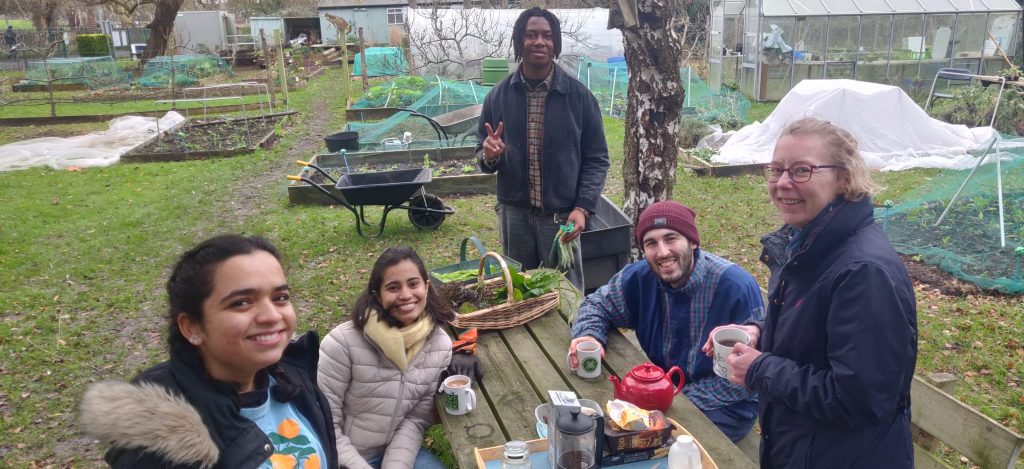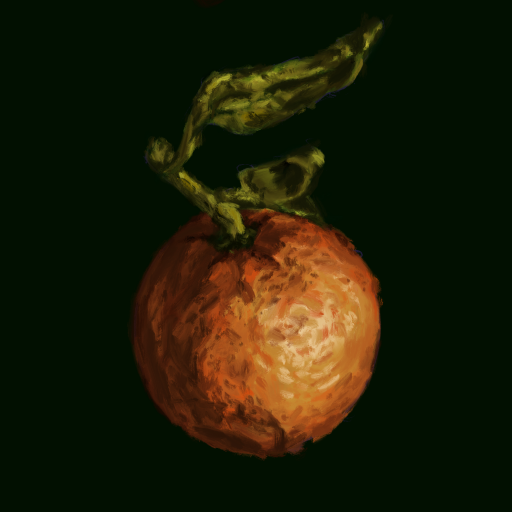The open endedness of the brief for Rotation B was quite intriguing for me. I spent the first walk from Brixton to Elephant and Castle exploring the neighbourhood and understanding the surroundings without forcing a problem or solution onto myself.
I was interested in working closer to my accommodation and therefore, I tried recreating the walk in Islington. What I did not anticipate was that what made the Brixton walk interesting and possible was the knowledge Pete and Paul possessed due to their familiarity with the locality and the way the walk had been planned to expose us to the different aspects of community run centres. As I was new to the neighbourhood and to the concept of community centres, I found only three during my attempt to recreate the walk in Islington. I realised then, the importance of planning and research.
This made me go back to working on a community centre in Brixton. During this second attempt, I came across Ruskin Park Community Garden. As Prernika and I explored their approach to branding, I naturally found a community that I wanted to work with. Their approach to branding – which was to make people curious enough to have a conversation with the curators leading to them joining the garden was very different from the usual overt branding techniques I was used to seeing.

I started visiting the garden regularly – for research, but also for the gardening and community. By going a bit out of my comfort zone, I found a group of people that I really enjoy meeting and from whom I always learnt something new. As for the research, by going to the garden regularly I could develop nuanced insights which have helped me develop an outcome that serves the community best.
An example of this are the numbers that mark garden beds. During the first round of research, I found some of them to be illegible and thought they could be one of the brand assets I make for the community. I have come to realise that painting those boards is an annual tradition the garden follows, in which all members of the garden contribute. Proposing a digital alternative to such a community building exercise would have been unauthentic and unnecessary. I also learnt the various ways in which every member pitches in, like one of the members bringing beer unsuitable for human consumption from a local pub which is used to attract slugs, keeping them away from the produce.
As for the research process, Paul recommended the LATCH framework to organise and make sense of the visual data that I had collected. This made me see and infer the data in many ways that I couldn’t have done earlier. I found that the community centre I thought was most visually consistent, Walworth Garden, wasn’t actually so. And the most consistent one, Burgess Park, was not the most well-designed, in my opinion. Therefore, I concluded that consistency is not the best measure to understand good brands.
My tutorial with Rob helped me understand this in a better way. There are different measures by which we judge different kinds of brands. A community centre, by its nature looks cruder than the so-called polished brands because it needs to show that it is built by a community – members of which are unlikely to be professional designers. If a community centre were to look extremely curated it might feel separate from the people who run it.
I also felt the most creative during this rotation. It is probably because it’s the only one I worked on completely by myself, giving me full creative freedom. The aha moment, when I knew I should build an installation, came when I was on the bus. Inspiring.
During the crit I worked on brand assets such as a logo, typography, etc., in addition to the installation, which I realised later were irrelevant. They wouldn’t serve the best purpose for the community but rather hinder what they stand for. I also realised that at most times, less is more. It would be beneficial for my community to have just one good brand asset, the installation, rather than five which I wouldn’t be able to produce very well. I also realised during the crits that I should selectively listen to the comments made on my work as I am the one who understands it the best.
Another learning from this process was to question everything all the time, like how I kept going back to the brief to make sure I was not over-involving myself or bringing my own biases into the outcome. But, sometimes I tend to overthink. It is then that I tried to find an explanation to my outcome, which was that this installation may or may not help the gardening community, but it will most certainly help passersby by making their transition into becoming a member of the community smoother.
